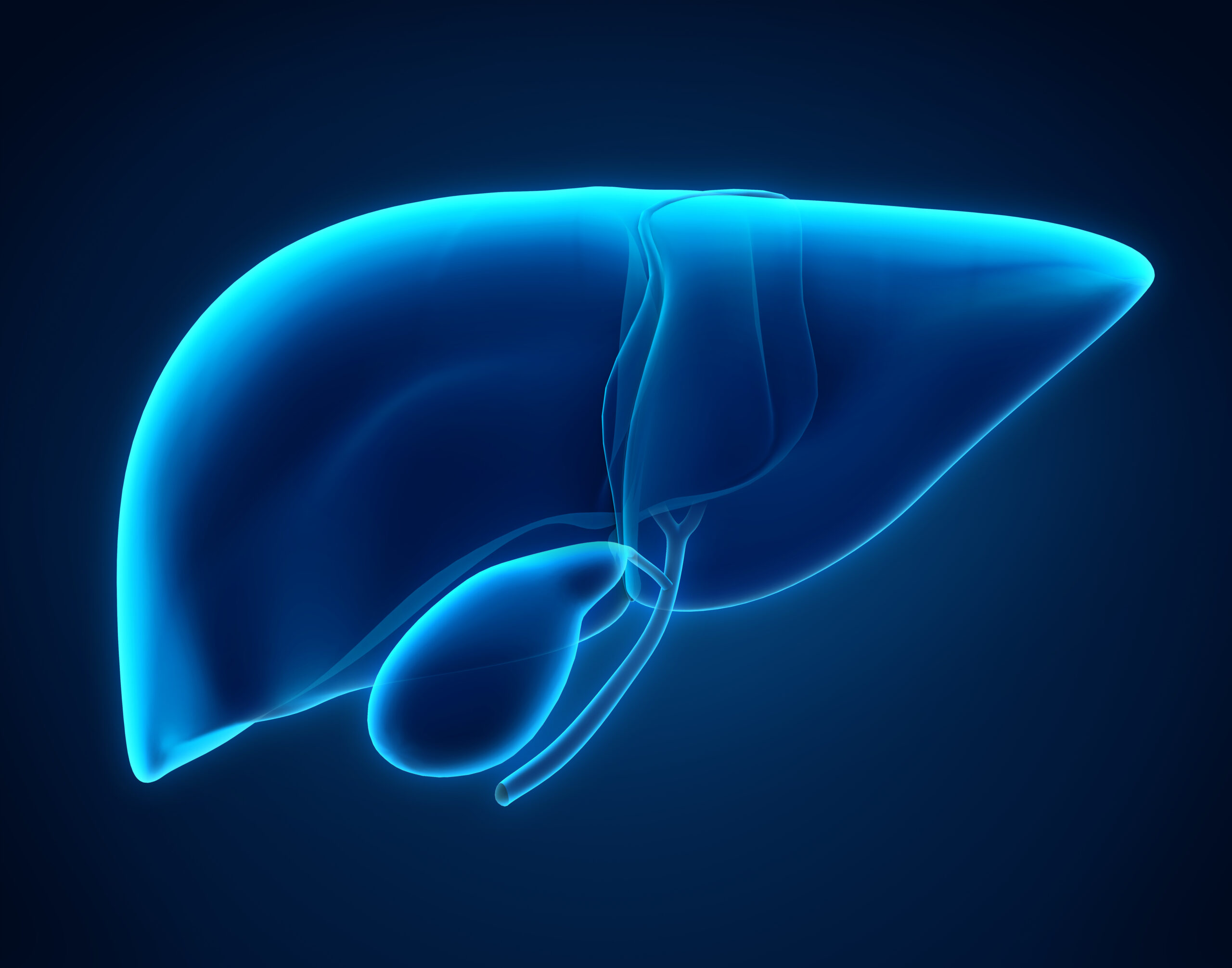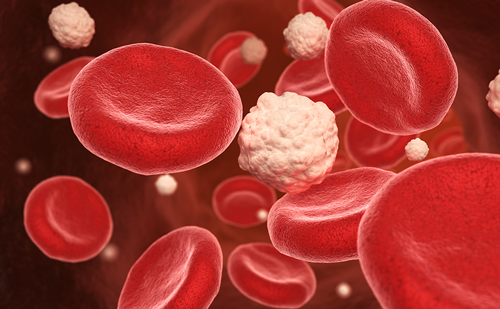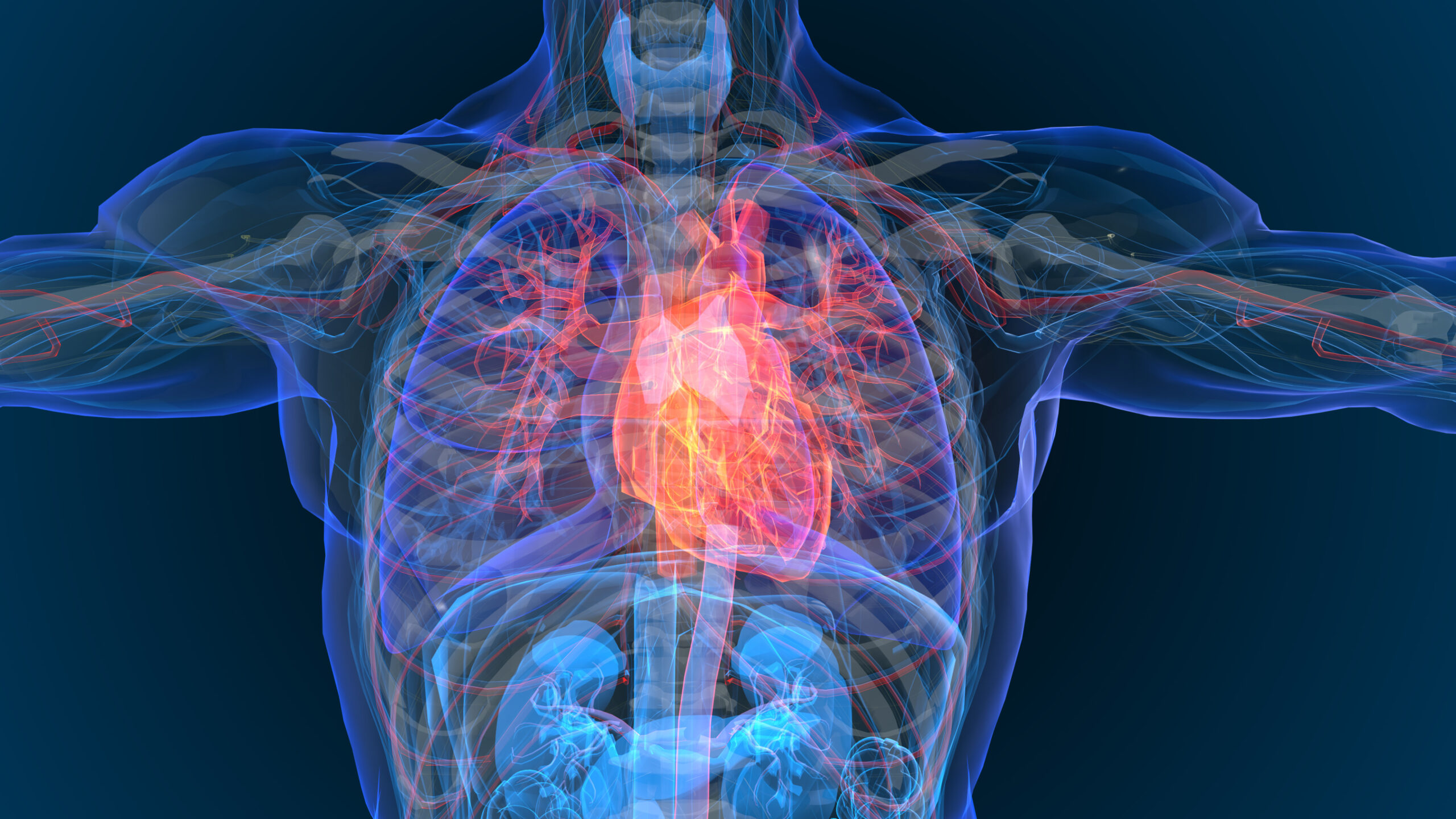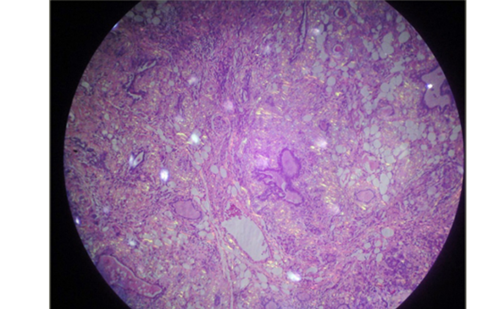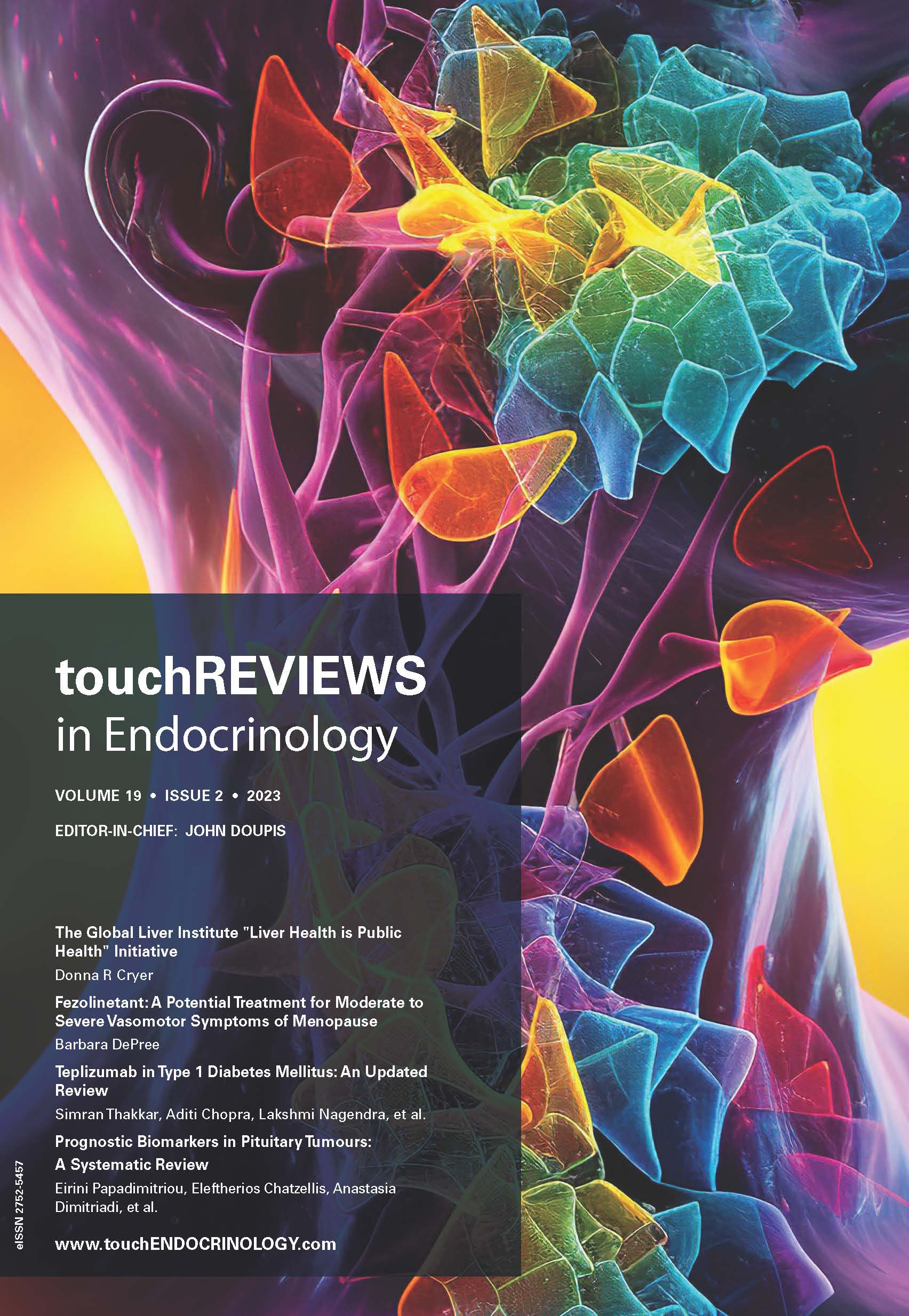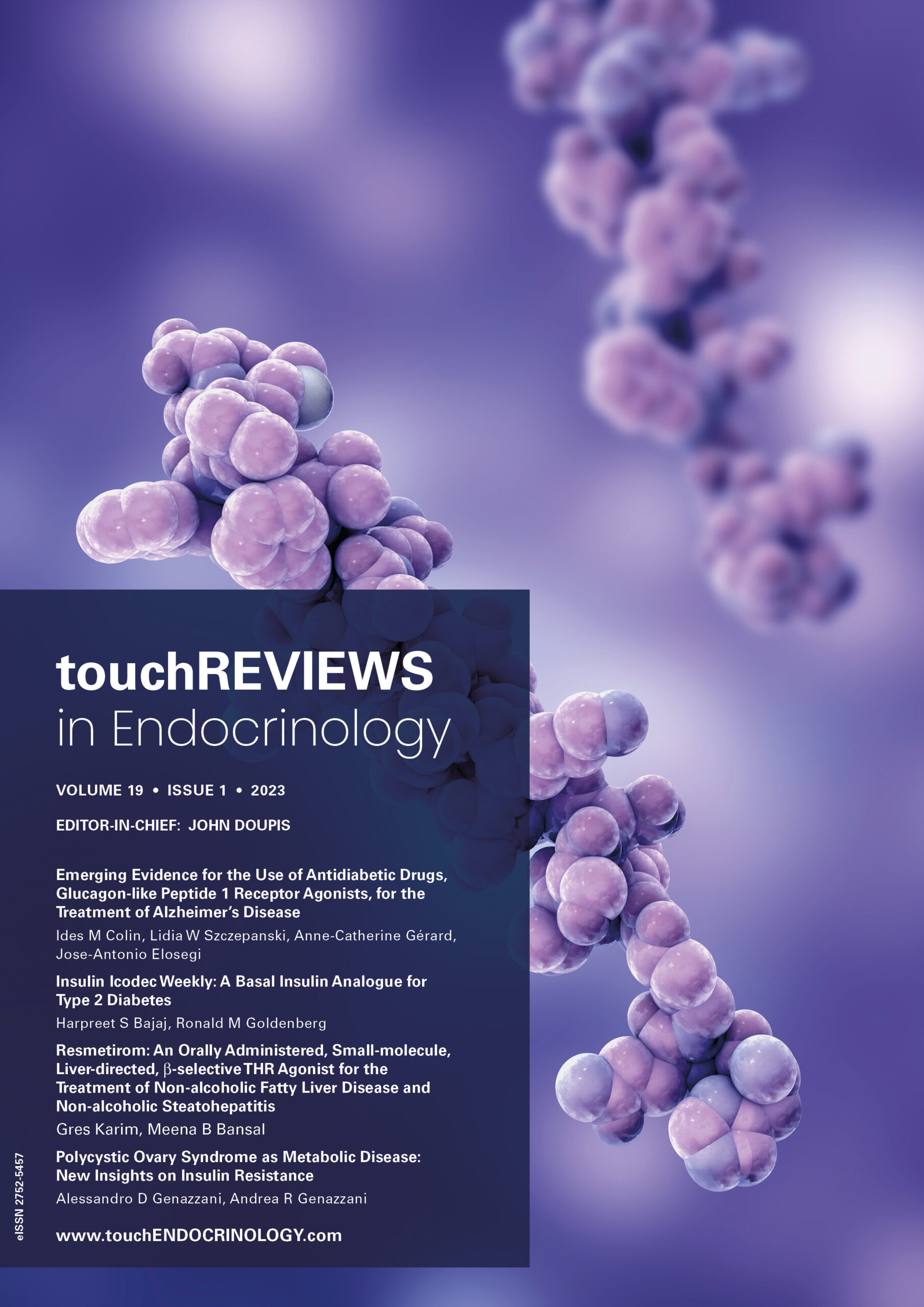touchREVIEWS in Endocrinology Volume 20, Issue 2, 2024
Welcome to the latest edition of touchREVIEWS in Endocrinology. This free-to-access issue covers a range of important topics including diabetes, obesity, thyroid disorders, liver disorders and reproductive endocrinology.
We would like to take this opportunity to thank all who contributed towards this edition, in particular our authors, Editor-in-Chief, editorial board members and partners.
Enjoy and happy reading!
Foreword
It is with great pleasure that we present this latest issue of touchREVIEWS in Endocrinology, which brings together a diverse array of high-quality articles focused on the evolving landscape of endocrine disorders. The importance of patient-centred care is exemplified in the commentary by Bharti Kalra et al., which discusses the international guidelines for polycystic ovary […]
Commentary
Polycystic ovary syndrome (PCOS) is a multifactorial, multifaceted syndrome that affects women across all ages from adolescence to post-menopause. It is reported to be the most common endocrinopathy in women of the reproductive age group.1 The nature of this syndrome is such that it requires support and intervention from multiple medical and allied specialties. The treatment […]
Editorials
Type 2 diabetes (T2D) continues to pose an ever-greater global health challenge, with 1.31 billion individuals predicted to be living with diabetes globally by 2050; the majority of whom will have T2D.1 Closely linked to T2D is metabolic dysfunction-associated steatotic liver disease (MASLD); defined as liver steatosis, identified on biopsy or imaging, in the presence of […]
Cushing’s disease (CD) is caused by an adrenocorticotropic hormone (ACTH)-secreting pituitary adenoma, or rarely carcinoma, and is considered a highly morbid endocrine disorder with few medical options.1,2 Although transsphenoidal pituitary surgery (TSS) is the mainstay of treatment for this disease, up to one-third of the patients eventually relapse and are required to be treated with a […]
The pioneering work carried out by the French scientist Alfred Jost in the mid-20th century clearly showed that, in the mammalian foetus, the internal and external genitalia virilize whenever the undifferentiated gonads develop into testes, whereas they undergo the female pathway when no testicular tissue is present, regardless of the existence or absence of the ovarian […]
Reviews
Dipeptidyl peptidase-4 (DPP-4) is a ubiquitous, multifunctional, 766-amino acid, type 2 transmembrane glycoprotein, which participates in the regulation of metabolic functions, immune and inflammatory responses, cancer growth and cell adhesion.1 It has two forms: the first is a membrane-bound form, which is extensively expressed in the body, including the cells of the immune system, haematopoietic cells, […]
Dry eye disease (DED) is known as dry eye syndrome (DES) or keratoconjunctivitis sicca. According to the Tear Film and Ocular Surface Society’s Dry Eye Workshop II (TFOS DEWS II), it constitutes a multifactorial disease of the ocular surface, characterized by a loss of homeostasis of the tear film and accompanied by ocular symptoms.1,2 It may […]
Metformin Metformin has been recommended as the first-line glucose-lowering agent for the management of type 2 diabetes (T2D) for several decades due to its efficacy and safety profile.1–3 In fact, metformin has been widely used as an insulin-sensitizing agent for not only T2D but also pre-diabetes and polycystic ovary syndrome. The common side effects of metformin are […]
Hepatic steatosis is the liver manifestation of metabolic syndrome and a common cause of chronic liver disease. Nonalcoholic fatty liver disease (NAFLD) diagnosis relies on the presence of hepatic steatosis, defined as >5% fat accumulation in the liver, as observed through imaging or histology. This diagnosis is made when there are no other concurrent secondary […]
Obesity defined as abnormal or excessive fat accumulation that presents a risk to health, is a chronic disease linked to metabolic co-morbidities, such as type 2 diabetes mellitus and cardiovascular disease, a reduced life expectancy, economic burden and reduced quality of life.1 Worldwide obesity rates nearly tripled from 1975 to 2016, with over 650 million adults […]
Tirzepatide is a first-in-class novel dual glucose-dependent insulinotropic peptide (GIP)/glucagon-like peptide-1 (GLP-1) receptor agonist (twincretin), formulated as a synthetic peptide containing 39 amino acids based on the native GIP.1 Tirzepatide has a GIP receptor-binding affinity comparable with native GIP and five times lower GLP-1 receptor affinity than native GLP-1.1 Several systematic reviews and meta-analyses (SRMs) have been […]
Thyroid nodules are common worldwide, and their prevalence is increasing. Most nodules are asymptomatic and detected incidentally on cross-sectional imaging or physical examination. In rare cases (10–15%), nodules are malignant and require diagnostic evaluation. Even malignant nodules frequently show non-aggressive behaviour.1 The increase in the incidence of thyroid cancer is unfairly distributed globally, and the […]
Hyperthyroidism is prevalent in 0.1–2.5% of the population, and Graves’ disease is diagnosed in 80% of patients with hyperthyroidism.1,2 This condition arises from the uncontrolled, excessive activation of the thyroid-stimulating hormone (TSH) receptor by autoreactive TSH-receptor antibodies.2 Elevated thyroid hormones in hyperthyroidism result in a hyperdynamic circulatory state, leading to an increase in cardiac contractility, resting heart […]
This systematic review and meta-analysis investigate the efficacy of teprotumumab, a novel monoclonal antibody, in reducing proptosis for patients with long-duration thyroid eye disease (TED). While teprotumumab has shown promise in treating active TED, its effectiveness in chronic cases remained less certain. By synthesizing data from nine individual studies, this meta-analysis aimed to quantify the […]
Original Research
The prevalence of diabetes during pregnancy is rapidly increasing. In the USA alone, an estimated 1–2% of pregnant women have type 1 diabetes (T1D) or type 2 diabetes (T2D), and an additional 6–9% develop gestational diabetes.1 From 2000 to 2010, the prevalence of gestational diabetes increased by 56%, and the prevalence of existing diabetes among pregnant […]
Hypercalcaemia is a common clinical condition in hospitalized patients. Malignancies and primary hyperparathyroidism (PHPT) are the two most common causes of hypercalcaemia in hospitalized patients.1–3 Apparently, there is a changing profile of hypercalcaemia in India, especially in hospital settings, because of increasing reports of vitamin D toxicity and the early detection of PHPT, necessitating clinicians to […]
Case Report
Amyloid goiter (AG) is a benign condition characterized by the deposition of amorphous proteinaceous material in the thyroid gland to an extent that results in detectable enlargement during clinical evaluation.1–3 Amyloid can infiltrate the thyroid gland in 15–50% of individuals with primary amyloidosis (known as “amyloid light chain” or AL amyloidosis) and in 20–80% of patients […]

Trending Topic
Thyroid eye disease (TED), also known as Graves’ orbitopathy, is a complex autoimmune disorder driven by an interplay of immune cells, orbital fibroblasts and tissue remodelling factors that lead to inflammation, oedema and, ultimately, potential vision loss.1 While the disease has historically been challenging to manage, recent therapeutic innovations are reshaping treatment paradigms and offering new […]
Journal Archive
touchREVIEWS in Endocrinology (previously European Endocrinology) is a peer-reviewed, free-to-access, bi-annual journal comprising review articles, case reports, editorials, special reports and original research. It features balanced and comprehensive articles written by leading authorities, addressing the most important and salient developments in the field of endocrinology.
Latest articles videos and clinical updates - straight to your inbox
Log into your Touch Account
Earn and track your CME credits on the go, save articles for later, and follow the latest congress coverage.
Register now for FREE Access
Register for free to hear about the latest expert-led education, peer-reviewed articles, conference highlights, and innovative CME activities.
Sign up with an Email
Or use a Social Account.
This Functionality is for
Members Only
Explore the latest in medical education and stay current in your field. Create a free account to track your learning.











